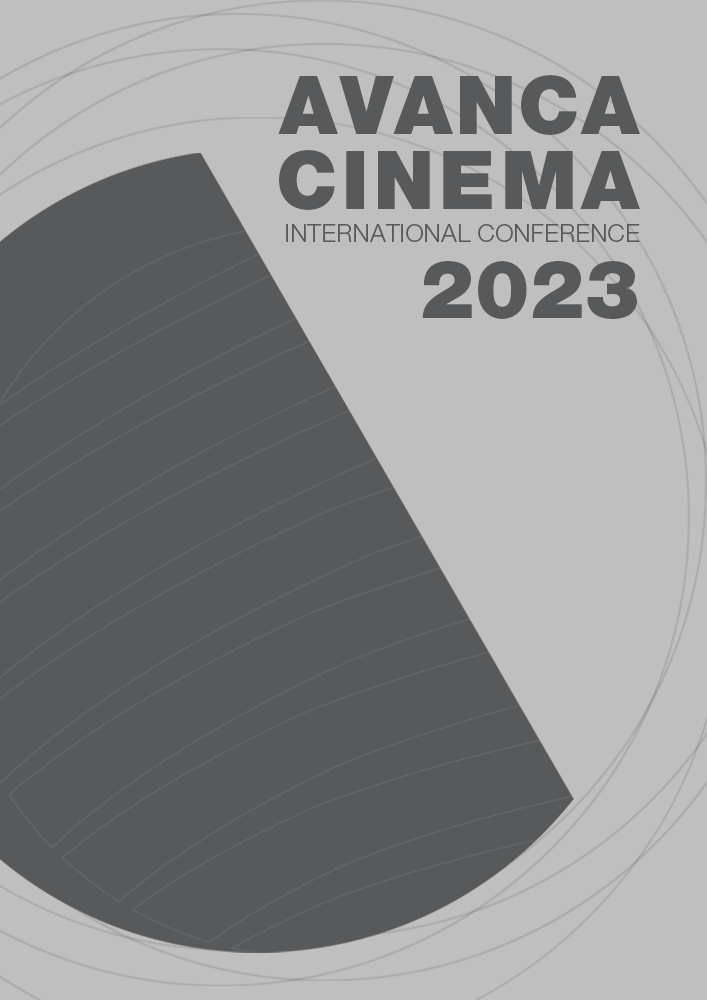Chapitre IV _ Cinéma - Technologie
Realidade Virtual Cinematográfica: métodos de captação de atenção num ambiente 360°
Résumé
The direction in which an omnidirectional movie is viewed is completely up to the viewer in Cinematic Virtual Reality (CVR). Therefore, typical filmmaking methods for directing viewers attention cannot be simply applied to CVR. The viewer now chooses where to look, rather than the filmmaker, who used to prescribe techniques like panning or adjusting the frame. Certain details in some stories must be revealed to the audience and should not be skipped. At the same time, the viewer’s ability to freely explore the scene should not be restricted. Techniques are therefore required to direct audience attention to visual details in the scene. Since viewers will be less anxious to miss something when watching an omnidirectional movie where attention-guiding techniques have been used, attention guiding also has the potential to enhance the overall viewing experience. Numerous studies on attention directing in images, movies, virtual reality, augmented reality, and CVR have been conducted in recent years. We categorize these techniques and provide an attention-guiding technique taxonomy. We discuss the various qualities, expound on the benefits and drawbacks, offer suggestions for use cases, and apply the taxonomy to a number of examples of guiding techniques.

Ce travail est disponible sous la licence Creative Commons Attribution 4.0 International .

